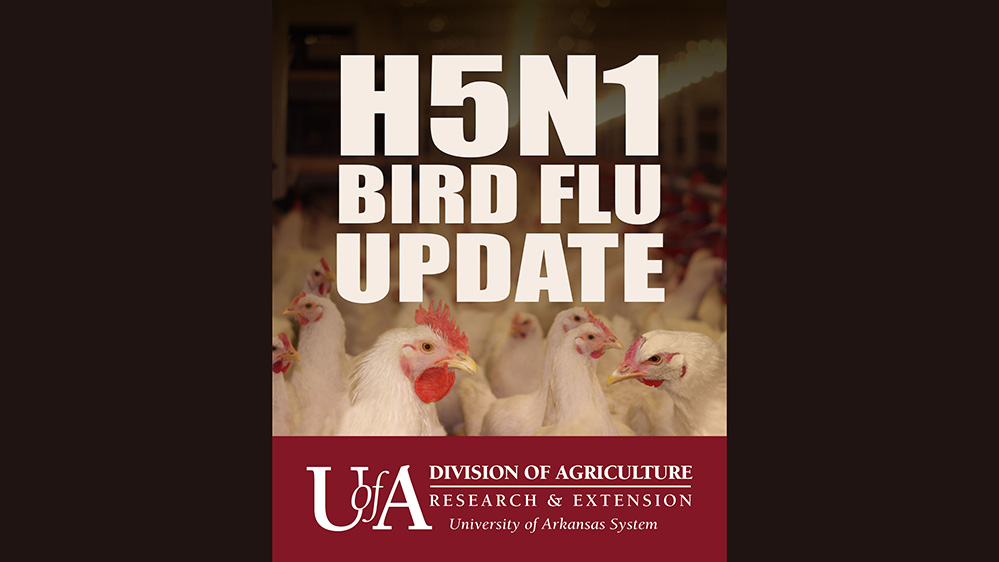LITTLE ROCK — A night-time stroll may reveal one of Arkansas’s coolest, but rarely seen creatures. The diminutive southern flying squirrel weighs in at a few ounces but makes up for size with style.
Top photo: A flap of skin stretching between the front and rear legs allow flying squirrels to glide, and the flat tail acts as a rudder to steer in “flight.” Bigstock image.

The chipmunk-sized mammal is a close cousin to the gray and fox squirrel and prefers heavily wooded areas near water statewide. Despite its name, flying is not a part of its repertoire, but it has gliding down to a science.
When ready to make a move, it climbs to a high spot in a tree and jumps. Loose folds of skin extend from wrist to ankle and support the squirrel in a graceful glide. Their broad, flat tail works like a rudder. They’re able to change their gliding angle and even execute right turns in “flight.” Listen for a soft thumping noise when they land, followed by scurrying feet as they move to the other side of a tree trunk to avoid predators.
Owls are their main nocturnal nemesis. Hawks, tree-climbing snakes, and arboreal mammals like raccoons also catch and consume these tiny rodents.
Be on the lookout for flying squirrels on a bright moonlit night or in the dim light of predawn or dusk. Their large, saucer-like eyes glow red in the beam of a flashlight. Listen closely for their birdlike chirps and twitters made while foraging. Flying squirrels seek out hickory nuts, but also readily eat acorns, buds, seeds of various trees, fruits, berries, mushrooms, insects and occasionally bird eggs and nestlings. They also are fond of meat and will feed on carrion. Attract the little mammal to platform feeders with sunflower seeds, peanut butter and other nuts and suet.

Cavities created by woodpeckers make ideal homes for flying squirrels and they become more gregarious in winter – a dozen or more may pile into one cavity. Bird houses placed 20 to 30 feet above ground can attract flying squirrels and they’re known to take up residence in bluebird and martin houses.
Mothers “airlift” their young (called kits) to safety if the tree where they’re nesting falls or is disturbed – she grabs a baby by the loose skin of its belly, climbs a tree and glides to a new nest location. Her litter may range from 1 to 7 and she repeats this process with each kit.
Flying squirrels may take up residence in an attic on occasion and can make a lot of racket but aren’t terribly destructive. Visit www.agfc.com/education/




